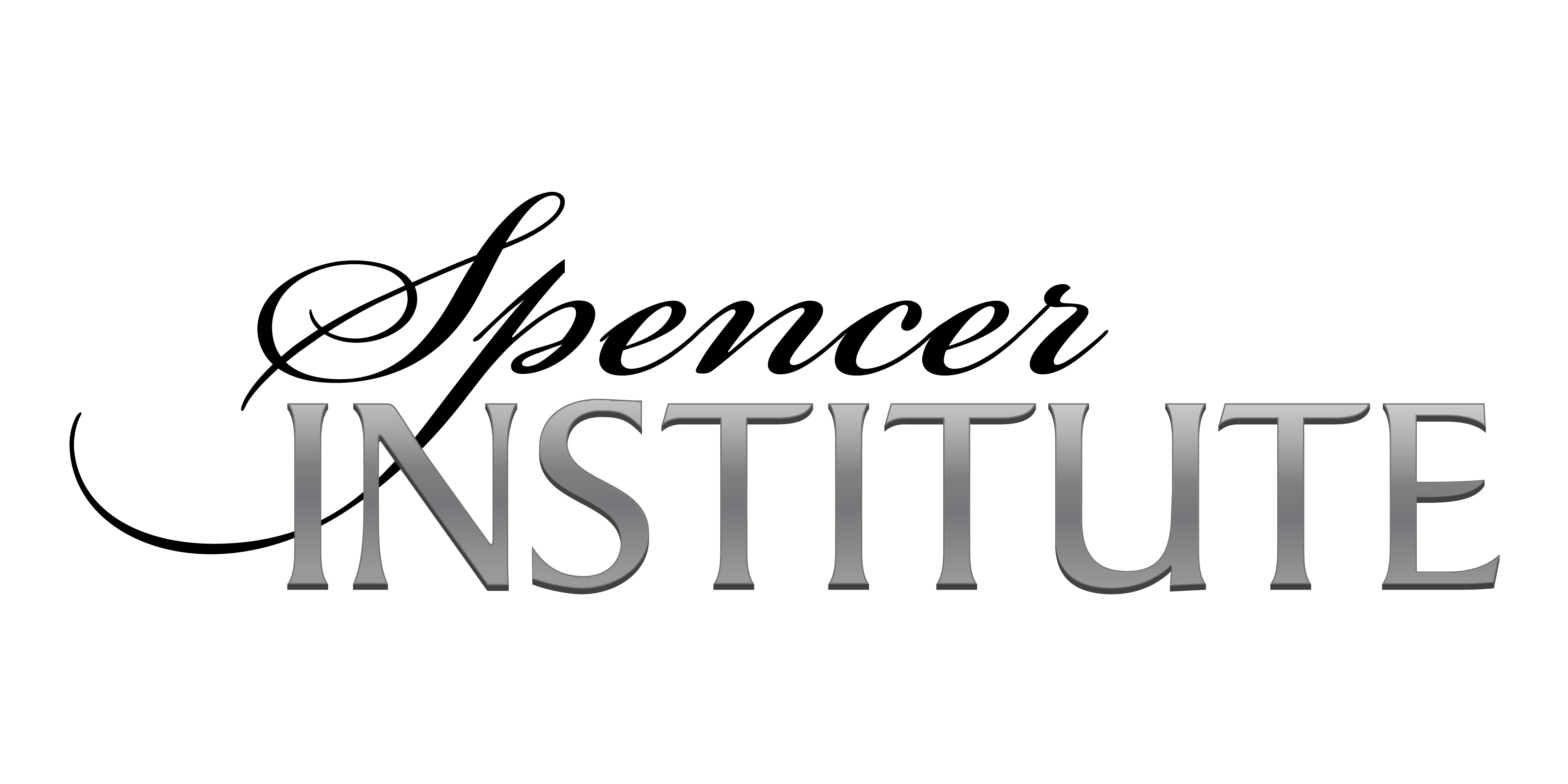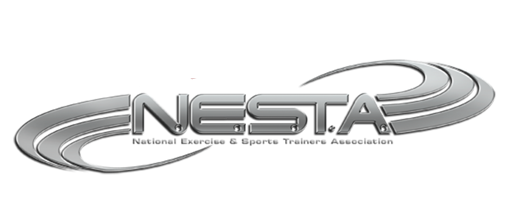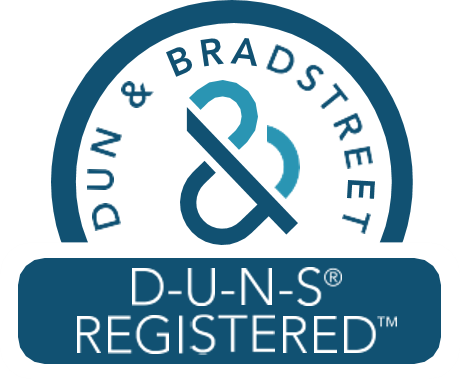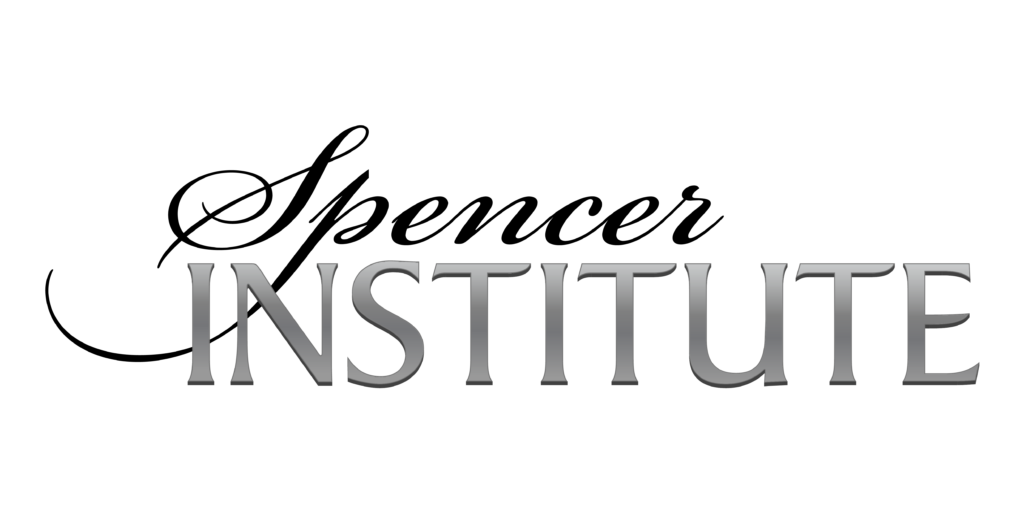Helping Clients Find Clarity: The Application of Decisional Balance
7 min read
Decisional balance (DB) is a concept often used in coaching, particularly in areas such as life coaching, career coaching, and health coaching. It refers to the process of weighing the pros and cons of a decision or behavior change. The aim is to help individuals gain insight into their motivations, values, and priorities to make more informed choices. As a topic of coach training, DB is usually included in training that includes Motivational Interviewing (MI)
In coaching, decisional balance is typically used through a structured process that involves:
- Identifying the Decision or Behavior Change: The coach helps the individual clarify the decision they are facing or the behavior they want to change.
- Exploring the Pros and Cons: The individual is encouraged to list and explore the advantages (pros) and disadvantages (cons) of each option or behavior. This can involve considering short-term and long-term consequences, emotional factors, and how the decision aligns with their goals and values.
- Reflecting on Values and Priorities: The coach facilitates reflection on the individual’s core values, priorities, and aspirations. This helps them understand which factors are most important to them and how they align with the decision or behavior change.
- Balancing the Scale: The individual assesses the significance of each pro and con in relation to their values and priorities. This can involve assigning weights or scores to each factor to visualize the overall balance.
- Making Informed Decisions: Armed with a deeper understanding of the decision and its implications, the individual can make a more informed choice that aligns with their values, goals, and priorities.
Coaches often use various techniques and tools to facilitate the decisional balance process, such as reflective questioning, brainstorming, visualization exercises, and decision-making frameworks. By helping individuals explore their options and values more deeply, decisional balance empowers them to make choices that are more congruent with their desired outcomes and personal fulfillment.
Decisional Balance is indeed a concept that is closely associated with Motivational Interviewing. MI is a counseling approach developed by psychologists William R. Miller and Stephen Rollnick, primarily used for addressing issues related to behavior change, such as addiction, health behaviors, and lifestyle changes.
In Motivational Interviewing, the Decisional Balance technique is often employed as a way to explore an individual’s ambivalence about change. MI recognizes that people often have mixed feelings about changing their behavior, and the Decisional Balance process helps them weigh the pros and cons of both continuing with their current behavior and making a change.
The Decisional Balance technique is used within the framework of Motivational Interviewing to:
- Elicit Change Talk: By exploring the pros and cons of change, the MI process identifies change talk when it is present, and encourages the individual to articulate their reasons for considering change. This is done to help strengthen motivation and commitment to change.
- Resolve Ambivalence: MI acknowledges that ambivalence is normal and expected when contemplating behavior change. By thoroughly examining both sides of the decision, individuals can gain clarity and resolve their ambivalence in favor of change.
- Enhance Intrinsic Motivation: Through the Decisional Balance process, MI aims to enhance the individual’s intrinsic motivation for change by helping them connect their goals and values with the decision at hand.
- Inform the Action Plan: The insights gained from the Decisional Balance can inform the development of an action plan tailored to the individual’s values, preferences, and priorities.
In session, coaches use Decisional Balance as a powerful tool to guide clients through the process of making significant decisions or embarking on behavior changes. This process extends beyond merely weighing the pros and cons; it involves a comprehensive exploration of various facets underlying the decision-making process.
To begin, coaches employ DB by assisting individuals in identifying the specific decision or behavior they aim to address. This initial step lays the foundation for subsequent exploration and reflection. By clarifying the focus, individuals can direct their attention towards understanding the factors at play.
Coaches then work to encourage individuals to explore the pros and cons associated with each option or behavior. This exploration extends beyond surface-level considerations and goes into the deeper implications, including short-term and long-term consequences, emotional factors, and alignment with personal goals and values. Through this process, individuals gain a clearer understanding of the potential outcomes and their significance.
Once a client has explored the various aspects of the decision or behavior change, coaches assist them in balancing the scale. This involves assessing the significance of each pro and con in relation to their values and priorities. By assigning weights or scores to each factor, individuals can visualize the overall balance and gain insight into the direction they are inclined towards. A training program for coaches should have all of these steps outlined for the coach to apply in session.
Ultimately, coaches empower clients to make informed decisions by synthesizing the insights gained from the DB process. Armed with a deeper understanding of the decision and its implications, an undecided client can align their choices with their values, goals, and priorities. Through reflective questioning, brainstorming, visualization exercises, and decision-making frameworks, coaches facilitate the DB process, enabling individuals to make choices that resonate with their desired outcomes and personal fulfillment.
Start Your Coaching Journey Now: Enroll Today & Make a Change:
At Spencer Institute, we provide the quality education and support you need, so you can earn your health and wellness, coaching certification with confidence.
Check out what it takes to start a career in the health and wellness coaching field. Launch your successful coaching career with the confidence and expertise from Spencer Institute.
Spencer Institute coaching programs are open to everyone with a desire to learn, help others and earn a certification. There are no prerequisites.











